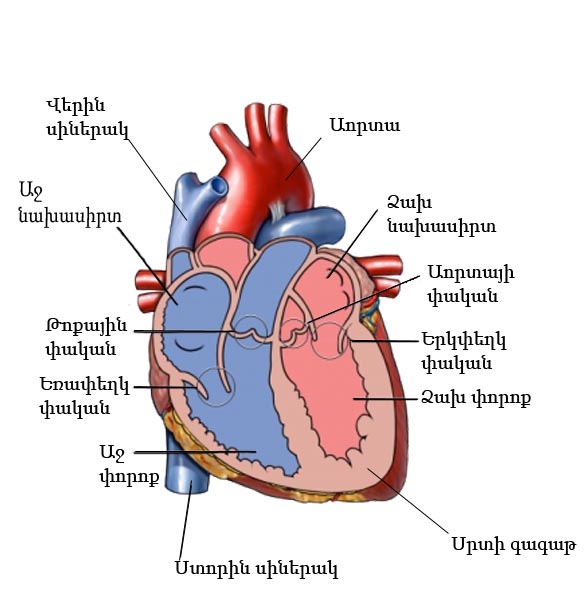It's been a while since I've blogged regularly. I've put up some quotes-to-think-about on Mondays, and soon will be hosting a series of guest interviews from the contributors to
Realms of Fantasy.
This does not mean my writing has come to a screeching halt, however! Quite the opposite: I've been working on two and sometimes three projects. One is the next-next Darkover novel (
Thunderlord is scheduled for this August, so this is
The Laran Gambit, which I hope to turn in by the end of 2015.) I'm about 10K words into it; it's got some forward momentum building to the first thing-changes-everything moment. I've heard writers say they don't like to talk about a new project because their creative energy goes into the talking, not the writing. That's somewhat true in this case. And besides, why talk about a book that isn't even finished when one that is ready to go will be coming out soon? This is what happens when writers turn in one book and dive right into the next, while publishing takes its sweet time. If you're curious about
Thunderlord, check the blog archives here. I posted snippets of chapters from the first half of the book. And I'll blather on about it as the day approaches.
The other big project is a combination of fiction (sword and sorcery) and non-fiction (commentary on my own sometimes very dark journey of healing from my mother's murder). I've spoken about the latter, sometimes to large audiences, but writing about it, especially as intensely as I have been doing in the last couple of months, is much more immersive. I have no idea if anyone will want to read it, but the writing has been filled with revelations for me. Here's a bit from the introduction:
Because
I am a writer, much of what I experienced — not the external circumstances but
the emotions and insights — made its way into my stories. In the first few
years after the murder, I wrote a short story, “Rite of Vengeance” (Sword & Sorceress V, ed. Marion
Zimmer Bradley, DAW, 1988) about anger and revenge; it also contained a
glimmering of understanding of how these could destroy me. I followed the same wounded
heroine in “Crooked Corn” (Spells of
Wonder, ed. Marion Zimmer Bradley, DAW, 1989) and eventually used these two
episodes as the basis for a novel-length work, The Haunted Ring. The good news was that this gave me a sense of
completion; the bad news was that it simply did not work as a novel. Eventually,
I set it aside as a poignant but essentially dead-end exercise.
Years
and much recovery later, this book presented itself to me again. I was speaking
to a class of law students, trying to explain what it was like to live through
the violent death of a loved one. I scribbled a few notes on the “stages” of
healing — numbness and shock, anger and vengeance, letting go, re-engaging with
life, and so forth. It occurred to me that The
Haunted Ring was not a deeply flawed, episodic, meandering novel. It was a
healing journey disguised as a fantasy-adventure.
Here
then is that story, with my own commentary about how I now understand what all
this was about for me, and some queries that have been helpful to me. Stories
keep our intellects busy while the deeper parts of our psyches resonate with
things that are not easily put into words. Every person's experience of tragedy
is different. How we make sense of what has happened to us also changes with
time. A reader brings his or her own history and temperament, beliefs and
visceral reactions, to the tale.
The way I've structured this book, each chapter of story is followed by commentary about my own experiences, reflections on larger issues of clawing my way out of the darkness and then creating the life I want, and queries for reflection. I'll keep you posted about the progress of this piece. It's in revision now, but because it is so emotionally intense, it's hard to predict when it will fly along and when I have to take a breather.

